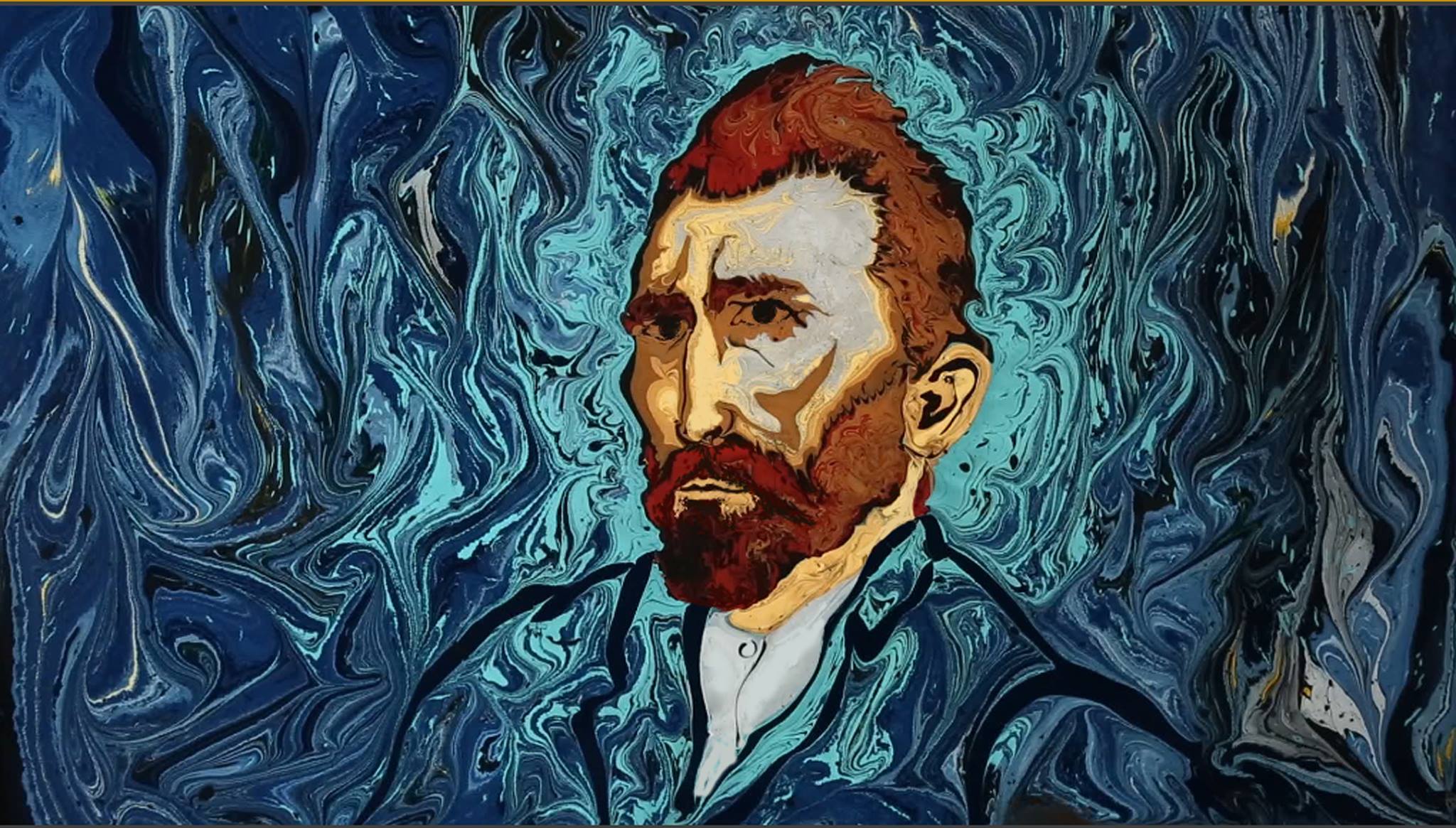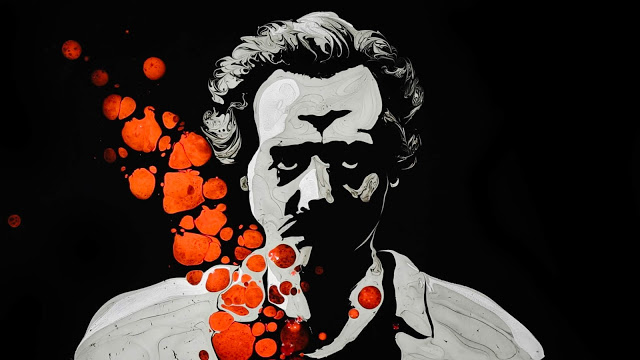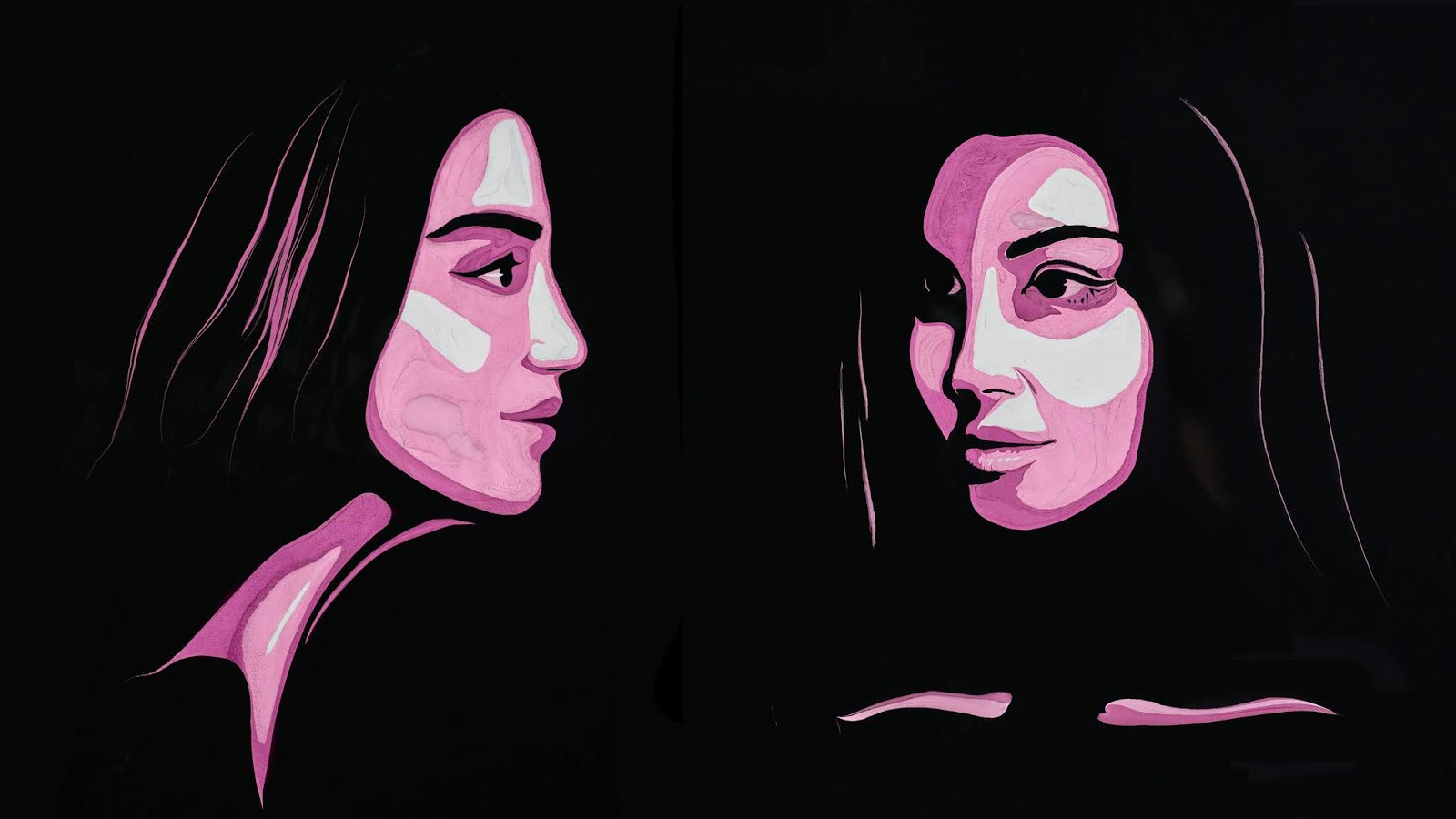
- Good Stuff -
- 4mins -
- 354 views
Become Mesmerised as Artist Paints Dynamic Designs on the Surface of Water
Turkish artist Garip Ay has gained worldwide acclaim by adopting Ebru, an ancient technique that allows him to create stunning paintings on water.
Turkish Artist Uses Ancient Technique To Paint On Water
Garip Ay’s paintings come to life in the most extraordinary way. The Turkish artist uses an ancient technique called ebru, or marbling. He drops and flicks dyes onto water treated with a wetting agent that keeps the pigment from sinking. Then he swirls and shapes the vibrant colors into images that spring from his imagination. It takes a deft hand and special handmade tools to paint this way. Ay invited GreatBigStory’s cameras into his studio in Istanbul to watch him create.

Ebru: a technique once used for book covers now with an added a modern twist
Believed to have originated in Central Asia in the 13th century, Ebru made its way to Turkey by the 16th century, where it was perfected. Also known as "paper marbling," the art form remains popular in Turkey, with many painters using the technique to create dazzling pieces, highly coveted by both collectors and tourists.
Ebru artists begin by adding tragacanth gum or carrageenan to water. This helps increase the water’s viscosity and prevents it from mixing with the paint. The solution is then poured into a wooden trough with the same dimensions as the solid surface on which the painting will finally rest. To keep the pigments afloat, and control, or enhance, their ability to spread across the water’s surface, a few drops of ox bile are mixed in with each color.
To create the paintings, the artists first splash the paints on the water using brushes made with horsehair. They then use droppers to carefully shape the colours and create the desired designs. When complete, an absorbent surface, such as paper, is carefully placed on top to capture the painting. Once dry, the artwork is manually flattened and polished.
The water solution can be reused to create hundreds of paintings. When the water starts to look murky, Ebru artists splash additional, mostly blue, dyes that have been prepared with turbot bile rather than ox bile, to the center of the solution and let it spread. Once the entire water surface is covered, they paint one final "Sand Marbling," or "Fishbone Marbling," masterpiece, before tossing the solution.
The marbling technique was initially primarily used for book covers or to decorate the inside pages with wildly colourful papers. However, artists like Ay have added a modern twist by using absorbent fabrics, glass, and wood as solid surfaces and adding acrylic paints alongside traditional natural pigments.
Check out more of Garip Ay’s work on his website, or find him on Facebook.
Source: DogoNews





